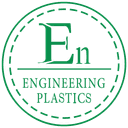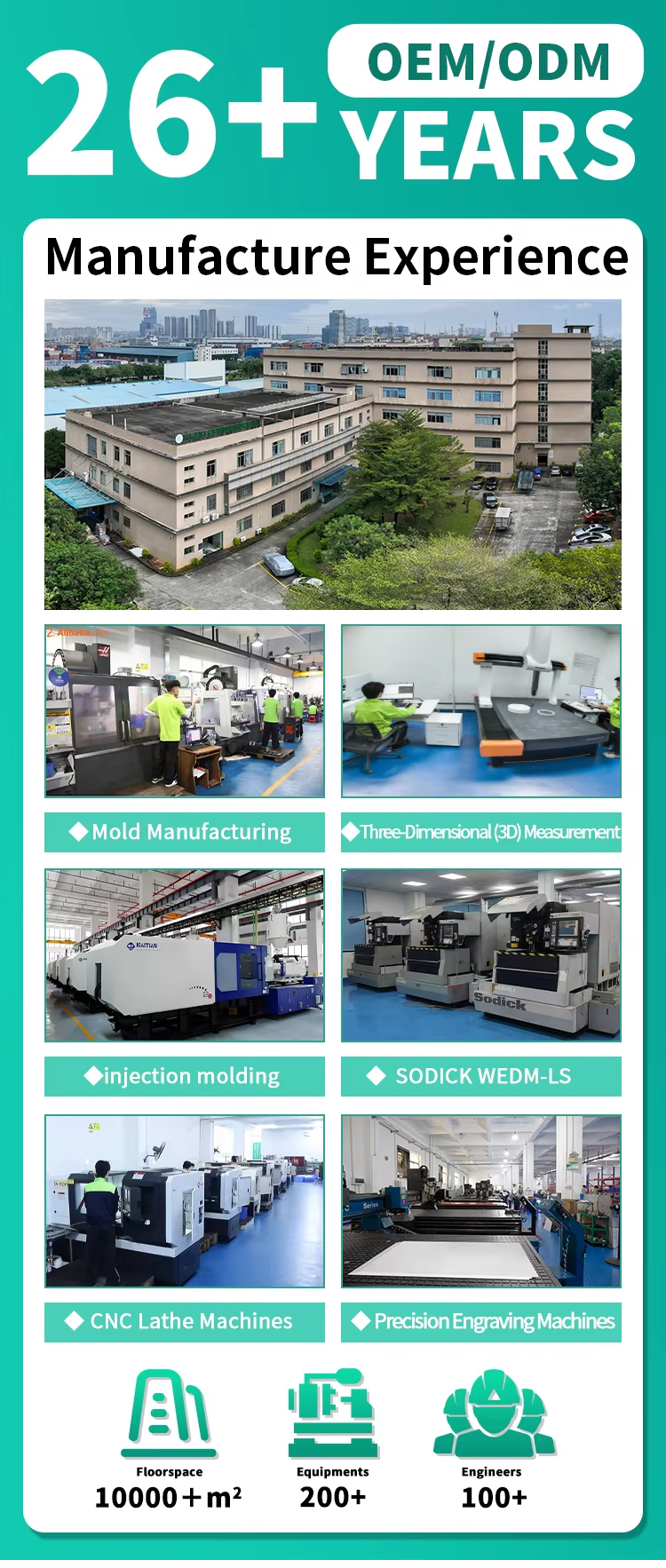
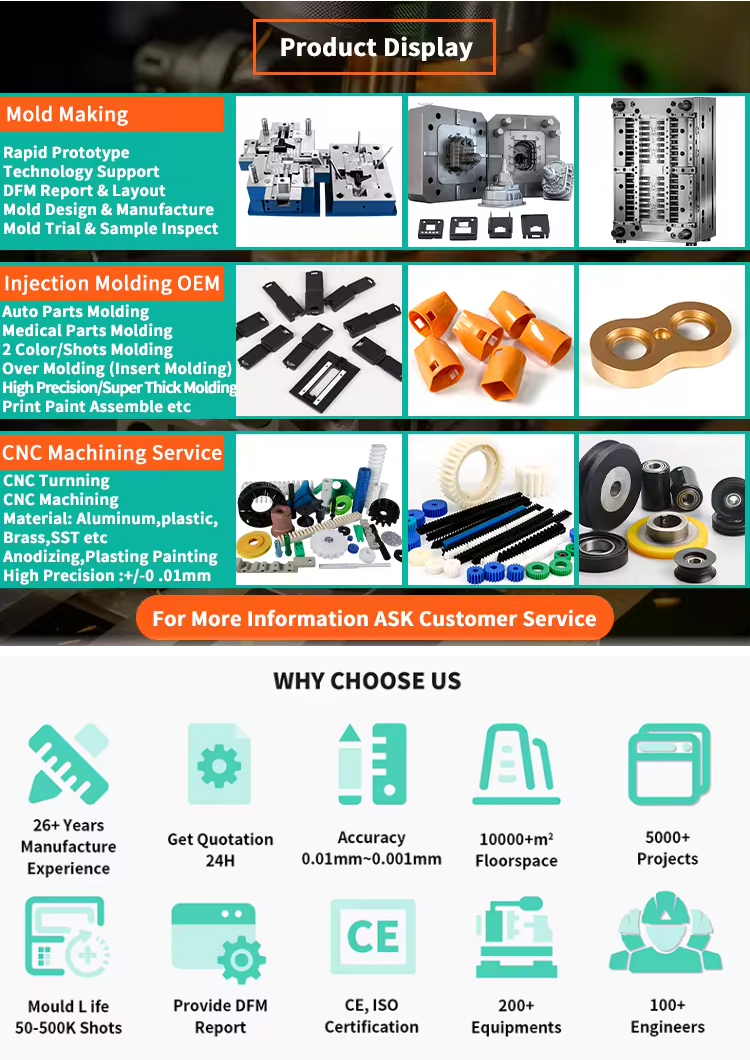
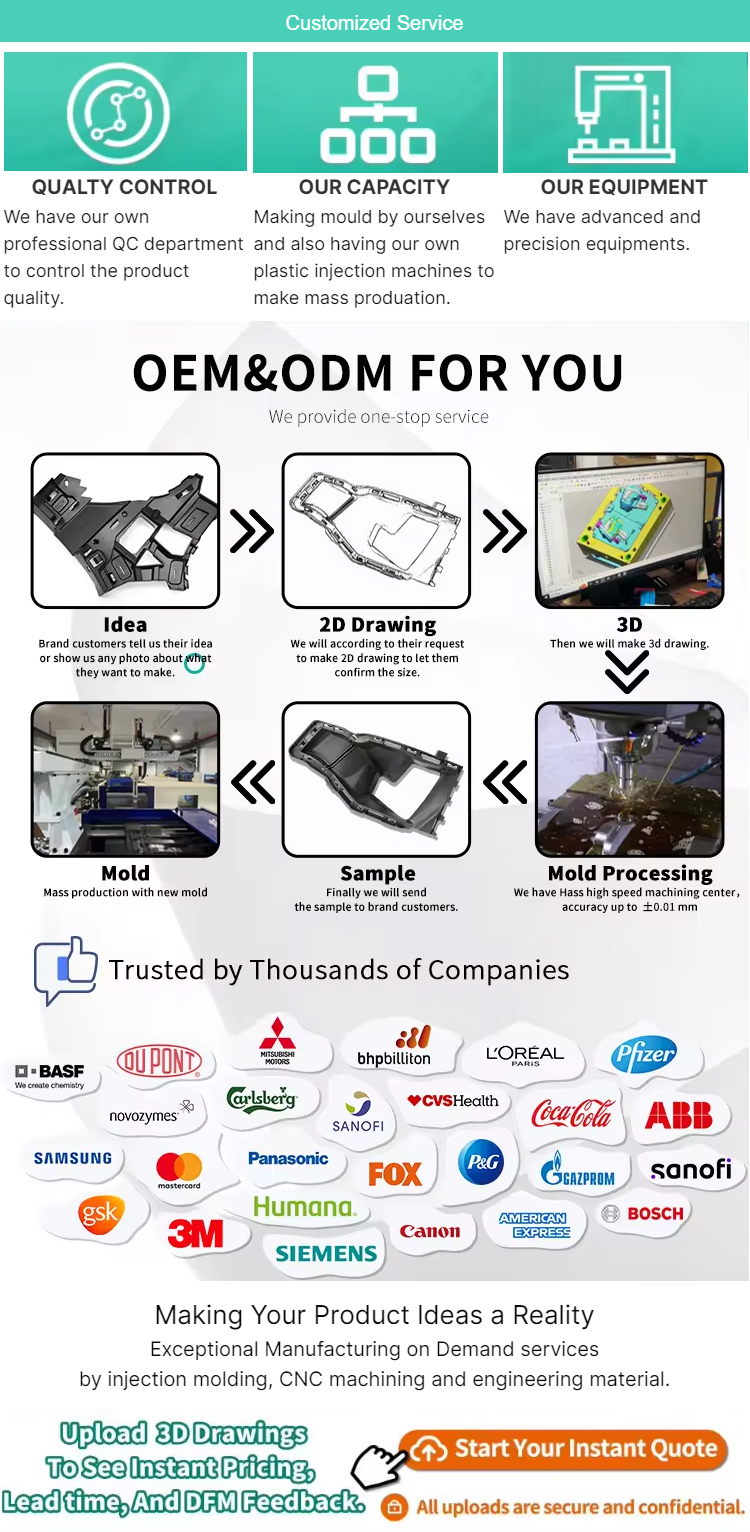
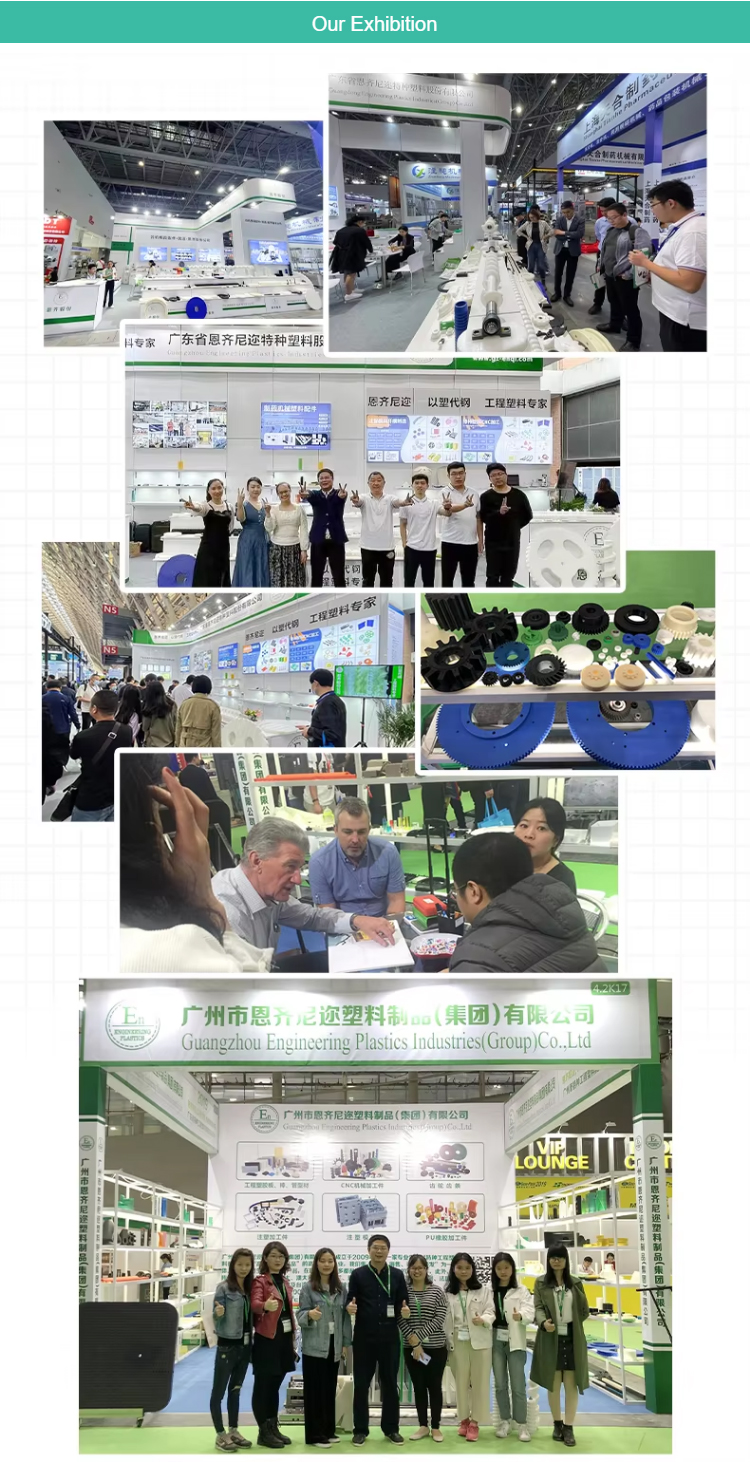
The selection of appropriate injection mold materials is a cornerstone of successful product manufacturing through the injection molding process. This critical decision impacts not only the physical and mechanical properties of the final part but also its performance, durability, cost, and even its aesthetic appeal. Understanding the vast array of available materials and their unique characteristics is paramount for engineers and designers aiming to create products that meet specific application requirements and industry standards. The journey from a conceptual design to a tangible product is heavily reliant on this foundational choice, influencing everything from the mold design itself to the processing parameters required for optimal production.
When considering the various types of injection mold materials, a broad spectrum of polymers comes into play, primarily categorized into thermoplastics and thermosets, though thermoplastics dominate the injection molding landscape due to their re-meltable nature. Common thermoplastics include Polypropylene (PP), known for its excellent chemical resistance and fatigue strength, making it ideal for containers and living hinges. Acrylonitrile Butadiene Styrene (ABS) offers a good balance of toughness, impact resistance, and dimensional stability, often used in enclosures and consumer electronics. Polycarbonate (PC) stands out for its high impact strength and transparency, frequently chosen for optical components and safety glazing. Nylons (Polyamides, PA) provide excellent wear resistance and high tensile strength, suitable for gears and bearings. Acrylics (PMMA) are another popular choice for their clarity and weather resistance, used in lenses and displays. Other significant materials include Polyethylene (PE) for its flexibility and low cost, and Polystyrene (PS) for its ease of processing and clarity in certain grades. Each of these materials presents a unique profile of properties, dictating their suitability for different applications.
Determining the best materials for injection molding is not a one-size-fits-all answer; rather, it's a nuanced decision driven by the specific demands of the end-use application. Key factors to consider include mechanical strength (tensile, flexural, impact), thermal properties (operating temperature range, heat deflection temperature), chemical resistance, electrical properties, optical clarity, and, of course, cost. For instance, a product requiring high impact resistance and transparency might find Polycarbonate to be an excellent choice, whereas a component needing good chemical resistance and flexibility at a lower cost might lean towards Polyethylene or Polypropylene. Regulatory requirements, such as FDA compliance for food contact or biocompatibility for medical devices, further narrow down the selection. Therefore, a thorough analysis of the product’s operational environment, load conditions, desired lifespan, and budget is essential to identify the most suitable injection mold materials. The collaboration between material scientists, designers, and manufacturers is often crucial in making this optimal choice.
A prime example of thoughtful material selection translating into superior product performance can be seen in the transparent plastic tubes offered by En Engineering Plastics. These tubes are specifically crafted using high-grade polymers, a testament to the company's commitment to quality and functionality. The choice of these advanced injection mold materials is pivotal in achieving the desired translucent quality, which facilitates easy monitoring of contents – a critical feature in laboratory settings and industrial production floors. The inherent properties of these selected polymers ensure that the tubes not only meet but exceed the expectations for durability and usability in demanding environments.
The meticulous design of En Engineering Plastics' tubes, featuring uniform wall thickness, directly benefits from the chosen high-grade polymers. This intelligent material selection allows for optimal strength and resistance to impact, all while maintaining a lightweight and easy-to-handle profile. The smooth interior surface, a characteristic enhanced by the quality of the types of injection mold materials used, is crucial in minimizing the risk of contamination and ensuring the purity of substances stored within. Furthermore, the precision-engineered threading for secure, leak-proof connections relies heavily on the dimensional stability and robustness of the chosen polymer. These features underscore how the right material choice underpins the overall functionality and reliability of the product, moving beyond basic containment to offer enhanced performance. For instance, the clarity achieved is a direct result of using specific polymers that possess excellent optical properties, while the resistance to certain chemicals is inherent to the molecular structure of the selected high-grade polymer.
The versatility of these transparent plastic tubes, suitable for storing and transporting a wide array of materials from chemicals to pharmaceuticals, is largely attributable to the carefully selected polymers. These materials offer compatibility with diverse substances and can be adapted to meet specific industry standards, including options for various closure caps. En Engineering Plastics, by focusing on high-grade polymers, demonstrates a keen understanding of how material science impacts product efficacy. Their tubes are not merely containers but sophisticated solutions, embodying the seamless integration of design and advanced material technology. This commitment to using the best materials for injection molding ensures their products are well-suited for dynamic environments that demand reliability, efficiency, and a touch of elegance. In conclusion, the success of any injection-molded product, like these innovative tubes, hinges on the foundational decision of material selection, a choice that En Engineering Plastics evidently makes with precision and expertise, ultimately delivering value and performance to their customers.

